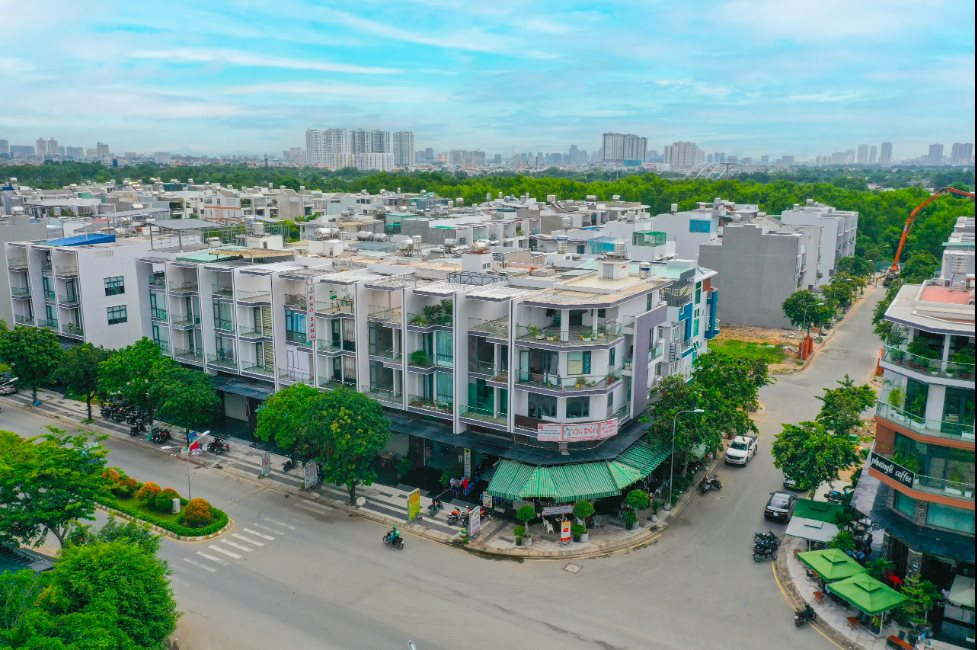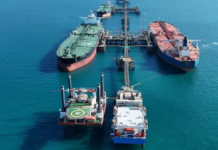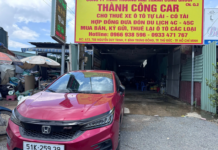
Statistics from the Ho Chi Minh City Real Estate Association (HoREA) reveal numerous projects with thousands of low-income housing units facing land allocation issues.
These complications have left thousands of households unable to fully exercise their property ownership rights, enduring disadvantages for nearly two decades, according to HoREA representatives.
HoREA reports that many projects, despite being completed decades ago, fulfilling financial obligations, and handing over technical infrastructure, still have buyers awaiting their land-use right certificates (commonly known as “red books”) due to ambiguous regulations. Developers have sold all low-income housing units within these projects.
A prime example is the Duong Hong Residential Area project (9B4-9B8, Binh Chanh District, Ho Chi Minh City) by Duong Hong Construction and Housing Business Corporation, a member of Van Phuc Group. The project comprises 254 units, with the developer completing 100% of the infrastructure, paying all land-use fees, and issuing red books for 229 units. However, the remaining 25 units (approximately 10% of the project) are still without red books.
“After 20 years, we have sold all units to customers but cannot issue their red books. Our company faces continuous complaints and lawsuits, severely impacting our reputation. We urge city leaders to promptly address these issues, enabling us to operate smoothly in line with the central government’s support for businesses,” stated a Duong Hong representative.

Although Ho Chi Minh City has abandoned the policy of purchasing homes for low-income earners, some long-standing projects still struggle to issue red books to remaining customers.
These issues stem from a low-income housing policy implemented by the Ho Chi Minh City People’s Committee over 20 years ago. In 2003, Directive No. 07 mandated that developers allocate 10% of residential land or 20% of housing units for low-income earners, with the city purchasing these units at cost.
However, on November 24, 2005, the committee issued Official Letter No. 7623, abolishing the requirement for developers to set aside 10% of land or 20% of housing units for the city to purchase at cost, as stipulated in Directive No. 07.
To resolve these issues, Task Force 5013 proposed a solution based on the city chairman’s directives. The task force recommended that the Land Registration Office continue issuing red books for commercial units not affected by social housing obligations.
Simultaneously, the Department of Agriculture and Environment, in collaboration with relevant agencies, will review land price schemes and determine any additional financial obligations arising from the city’s decision not to purchase the 10-20% housing fund, allowing developers to fulfill their obligations.
This solution is considered reasonable, safeguarding the legitimate and urgent rights of homebuyers while comprehensively addressing developers’ financial obligations to the state. It aims to resolve a nearly 20-year-long legal bottleneck in Ho Chi Minh City.
Ho Chi Minh City Chairman Visits and Inspects $5.5 Billion Petrochemical Complex
The Chairman of the Ho Chi Minh City People’s Committee expressed delight at the project’s resumption and pledged to provide the most favorable conditions should LSP expand its investment.
Unlocking Home Ownership: Ho Chi Minh City Resolves Red Tape for Thousands of Apartment ‘Pink Books’
The Task Force 5013 convened to address and resolve outstanding issues for several residential projects, including the 102 Phan Van Hon apartment complex, Xi Grand Court high-rise, Song Kim housing area, and the Phuoc Loc garden residential community. The primary goal is to expedite the issuance of “pink books” (land use rights certificates) to residents, ensuring their legal ownership and peace of mind.
Unlocking Maritime Potential: Scaling Investments in Cai Mep Ha Port to Drive Ho Chi Minh City’s Blue Economy
The Chairman of the Ho Chi Minh City People’s Committee conducted a survey and actively promoted investment in the Cai Mep Ha Port, aiming to bolster maritime economic development, enhance logistics capabilities, and foster connectivity among major projects.












































